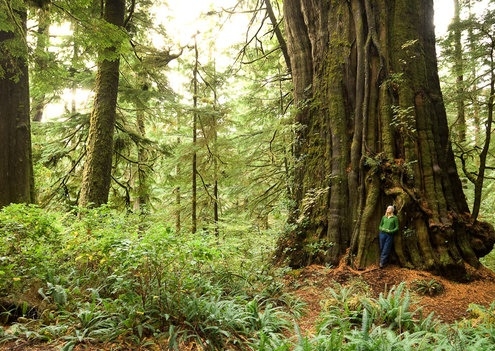
B.C.’s Big Trees Are Now Tracked In UBC’s Online Database (PHOTOS)
The Huffington Post has included a photo gallery of over 50 big tree images from AFA's TJ Watt in their article on the BC Big Tree Registry re-launch!
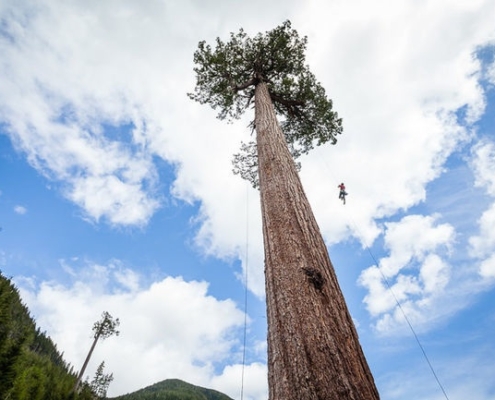
Help needed to ID monster trees
"The idea is that if we know where British Columbia’s largest trees are, they can be protected and studied, according to UBC forests and conservation prof. Sally Aitken. “Those big trees really represents a biological legacy from the past. We want to maintain that legacy,” she said."
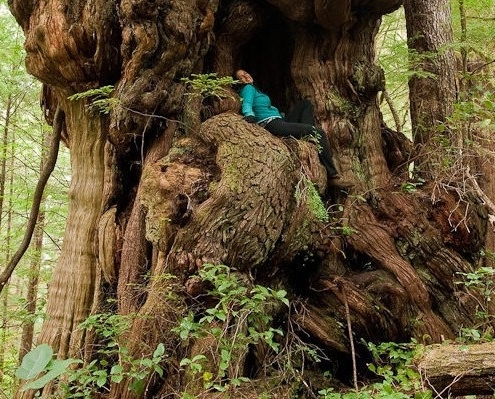
BC.’s biggest trees can now be found online
“We think the biggest ones haven’t been found yet,” explained Sally Aitken, a UBC professor of forest and conservation sciences. “If we want to conserve them, we have to find them and identify them,” she said Thursday. What makes big trees so special is that they are living legacies of ancient forests, Aitken said. The oldest have been standing for up to 1,800 years, she said."
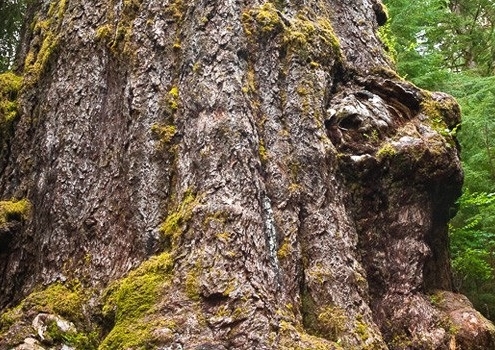
Big trees bring out our inner tree hugger
See this article about the BC Big Tree Registry and BC’s biggest trees including Big Lonely Doug, who has now been officially accepted!
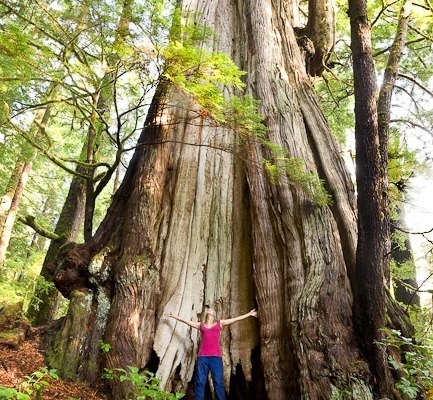
UBC to track B.C.’s largest trees: re-launches database
"UBC has re-launched their big tree database, cataloging the biggest trees in B.C. The registry has been revamped and is now available online to the general public. Users can search for big trees near their homes using interactive maps. With the new database, anyone can nominate a big tree for verification by a tree expert."

OPINION: Torrance Coste: No right time to create more tree-farm licences
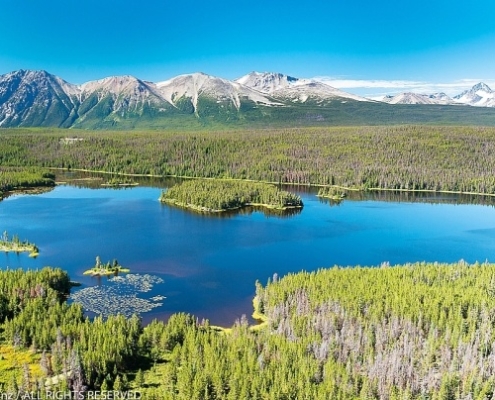
B.C. First Nation is set to declare a vast chunk of the Chilcotin as a tribal park
"A B.C. First Nation is set to declare a vast chunk of the Chilcotin as a tribal park, including the site of the controversial proposed New Prosperity mine at Fish Lake. A formal ceremony unveiling Dasiqox Tribal Park is set for Oct. 4, less than four months after a landmark Supreme Court of Canada ruling found that the Tsilhqot’in people have title to 1,750 square kilometres of land west of Williams Lake."
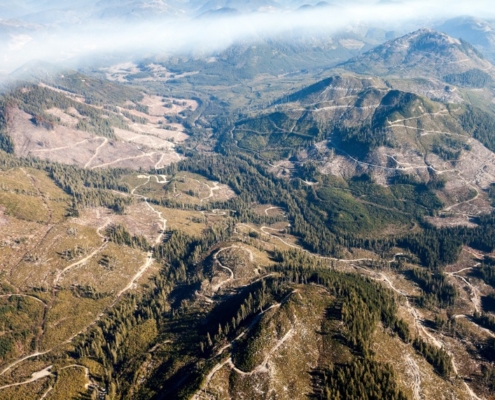
Great News! BC Government Backs Down from Tree Farm Licence Expansion Plans for Now – THANK YOU for Speaking Up!
Recently, just before the Labour Day weekend, the BC government quickly mentioned that they have no immediate plans to introduce any legislation to expand Tree Farm Licences across British Columbia in 2014 or in the spring. This proposal has been a recurring scheme by the BC Liberal government - proposed before the 2013 BC election and then again this year until now - to give exclusive logging rights to major logging companies on vast areas of BC's public forest lands. Each time, a massive public uproar has played an important role in preventing this "forest giveaway scheme" from being implemented!
THANK YOU to the many thousands of our supporters who formed the numeric bulk of the opposition speaking up against this proposal (see www.BCForestMovement.com), to the many First Nations who voiced their concerns and especially to the Tsilhqot’in First Nation who recently won the land title case in the Supreme Court, which was a fundamental reason for the BC government backing down. We must stay vigilant in case the relentless BC Liberal government tries again to attempt such a plan in the future.
See the article in Clearwater Times: https://www.clearwatertimes.com/breaking_news/273093851.html
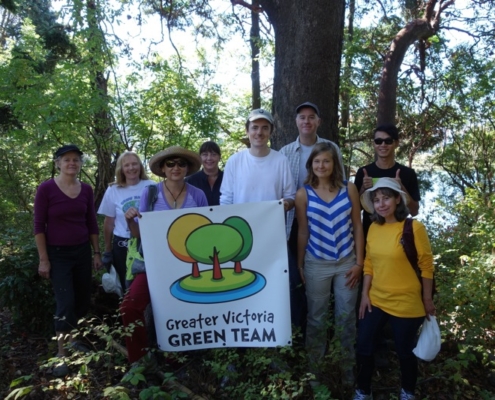
Native Tree and Shrub Planting in Portage Park (View Royal) on Sept.14
Join the Greater Victoria Green Team, Ecological Pathfinder volunteers of Portage Park, and Ancient Forest Alliance for a fun day of planting trees and shrubs in the beautiful Portage Park (View Royal). Come learn about the ecology of Vancouver Island’s amazing forests, native plants, and help restore the native ecosystem. Thanks to the support of the Evergreen Foundation and Canon.
Date: Sunday, September 14
Time: 9:45am to 2pm
Join the event and RSVP here: https://www.meetup.com/Greater-Victoria-Green-Team/events/201693132/
For more info contact Amanda at: amanda@greenteamscanada.ca

SRD buys valuable piece of real estate
Congratulations to the Cortes Island forest activists who finally got the Whaletown Commons protected, with major help from the Strathcona Regional District. The Whaletown Commons was a forest long under contention, owned by Island Timberlands, that is highly valued by the community and includes veteran old-growth Douglas-firs and cedars scattered throughout, riparian ecosystems, and areas used for children's environmental education.
